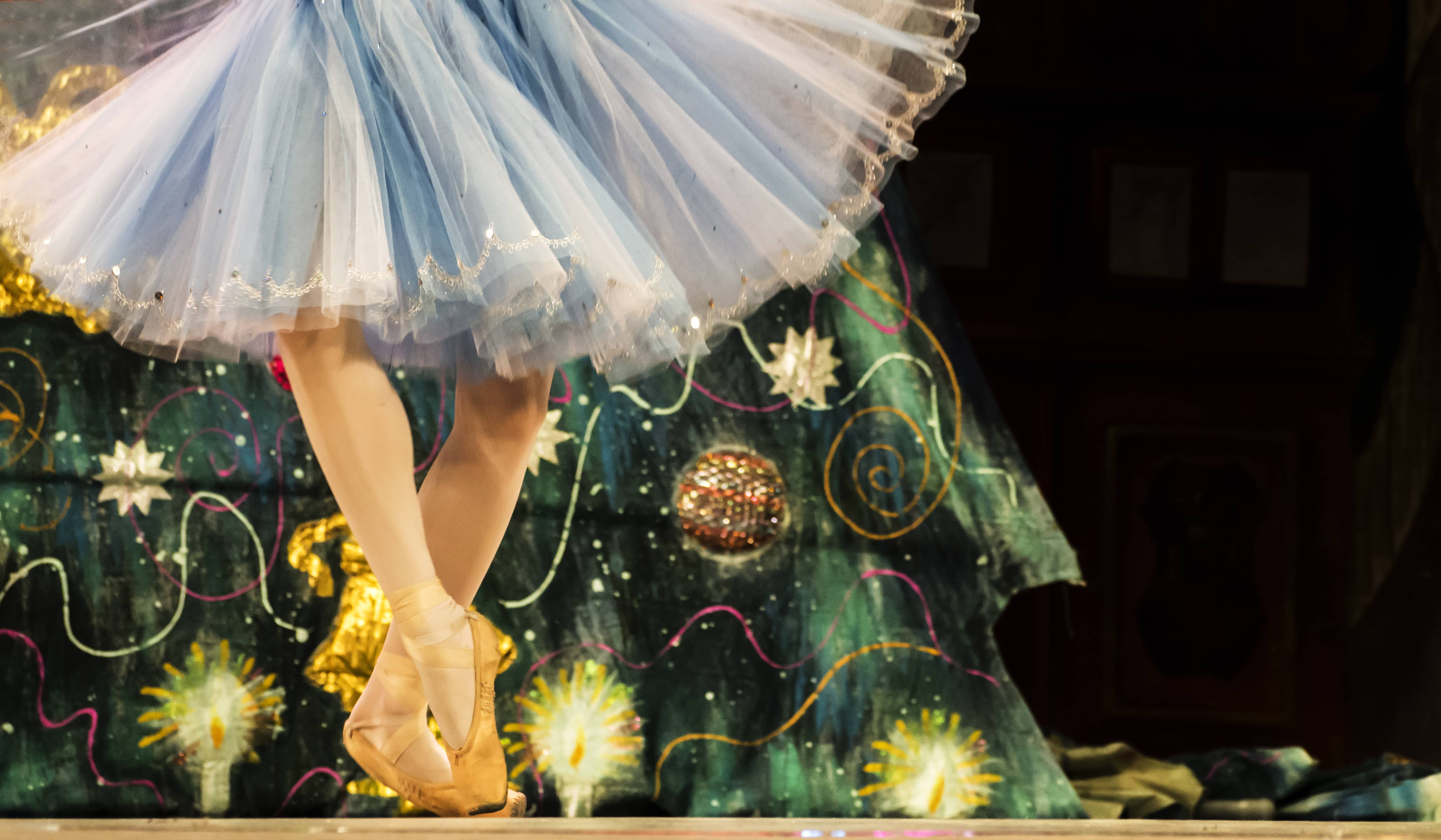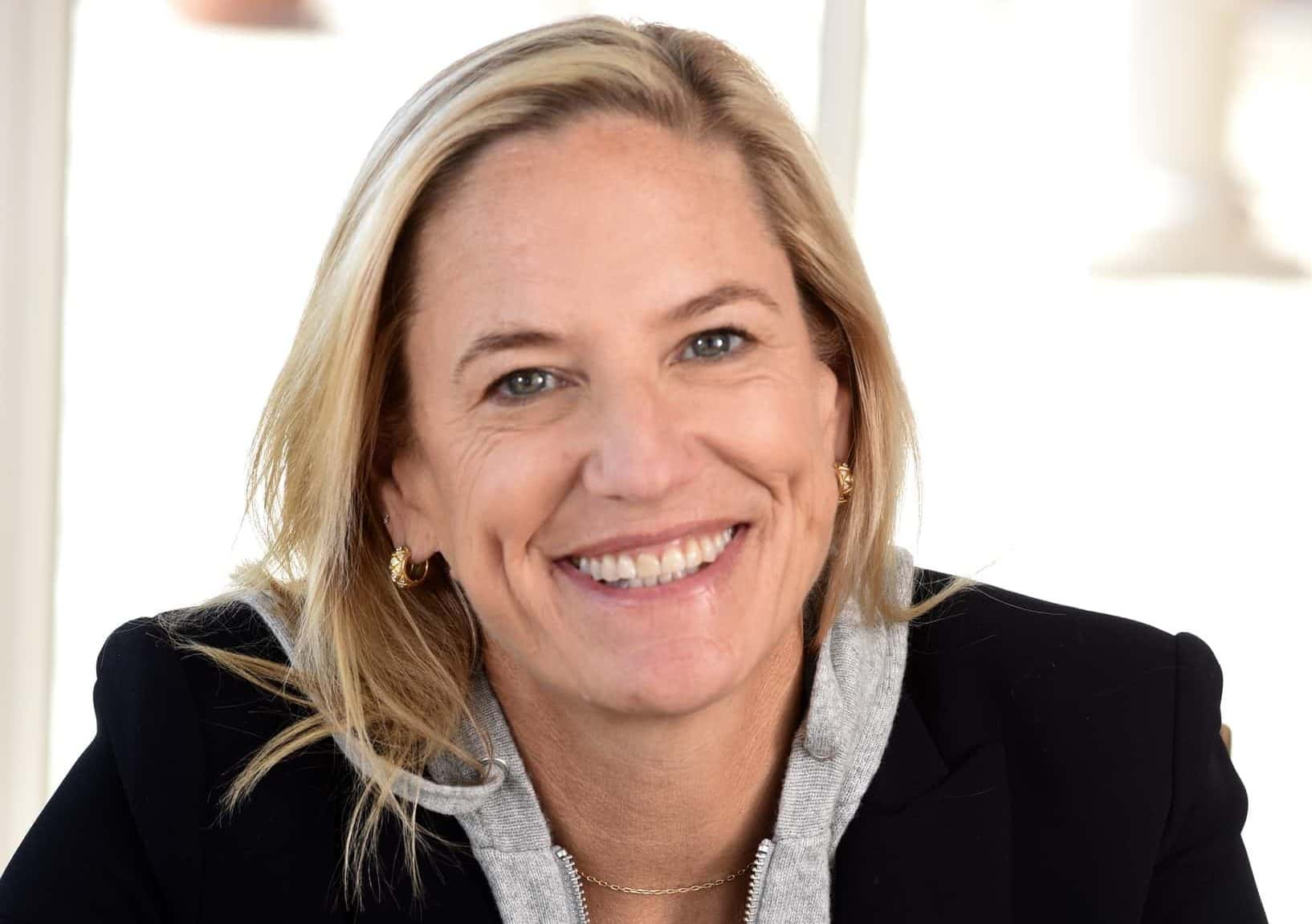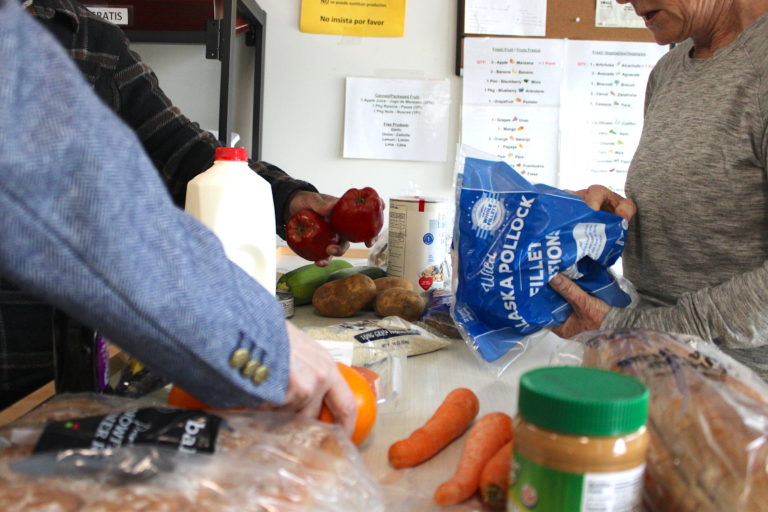

By: Icy Frantz
There is magic and joy in the story of a young girl who falls asleep at the foot of her Christmas tree with her arms wrapped around a new gift, a nutcracker, dreaming that the tree grows in massive proportion and that the nutcracker becomes a prince. Or maybe it’s the magic and joy in dance that is so mesmerizing this time of year in particular.
A small group of dancers from Greenwich High School has found a way to offer that magic and joy to children and teenagers who typically miss out. The class, Adaptive Ballet, given on Sunday afternoons at the Greenwich Conservatory of Classical Ballet, was created to offer young people with disabilities the chance at dance.
Mimi Citarella is the founder and Executive Director of Greenwich Conservatory of Classical Ballet (GCCB). “I was thrilled to be approached by a young group of dancers about this and to offer the studio space and support where this program can be offered and can thrive. We have an outward community focus, and the Adaptive Dance program is central to our mission. It provides a vehicle for autistic children to learn new skills and experience the joy of dance, movement, and music, which is the heart of classical ballet.”
Adaptive Ballet, started this fall, is made up of students with different disabilities, a variety of needs, and a unique set of goals. Because of this, there are challenges, and the lessons develop at their own pace.
“The class has been a work in progress because autistic children often have difficulty with new experiences. So, in building this Adaptive Dance program, the introduction and getting the kids acclimated is a significant part of the start-up process. That’s really where we are now, after eight classes, getting to know each of the students, how they learn, how they become comfortable in a new situation, and then teaching the actual ballet skills from there. We are starting to see the dancers begin to learn sequences of instruction, and with one student, the girls are teaching her to skip. It is something that may come easily to most children, but it can be a huge achievement for a child with special needs,” says Citarella.
Martina Phelan, a 17-year-old and one of the cofounders of the class, spent a weekend last summer at Boston Ballet becoming a certified Adaptive Ballet Dance Instructor where she learned techniques for teaching dance and movement to individuals with disabilities and strategies for modifying dance instruction to meet the needs of diverse learners. Katherine Reynolds, the other co-founder, is 15-years-old and has taken ballet for over twelve years. Her brother has autism. “I am so proud that I have learned these communication skills from having an autistic brother and am now able to work well with kids with special needs,” says Reynolds.
Phelan and Reynolds are joined each week by Avery Byrne, Angelica Cilio, and Alexis Killeen, and together they give their time and experience to not only help teach skills that they know so well but ones that have given them such pleasure, in the hopes that it will do the same in the lives of their students with disabilities.
“It’s very difficult for autistic children to find classes, so to have these free Adaptive Ballet classes at GCCB, it’s so important for them and their families,” says Reynolds
Providing individuals with disabilities the chance to learn ballet also allows them to develop other important skills. Many studies indicate that learning dance and movement helps with coordination and balance, increases attention and concentration, strengthens the ability to understand and express emotion, and enhances social interaction for students with disabilities. “Ballet is an art form and a means of communication. For nonverbal autistic children especially, it can be a powerful tool in communicating and expressing themselves,” says Phelan.
In For Some Children with Autism, Dance Is a Form of Expression, a November 19, 2019, New York Times article, the author tells the story of a 14-year-old boy with autism who has limited speech and had recently enrolled in a dance program for children with disabilities. One afternoon, while dancing around his own living room, he spun around and yelled “I love you” to his mother. She had been waiting fourteen long years to hear those three words from her son and his engagement with dance had sprung them loose.
If you close your eyes, I bet you can feel the excitement of a young girl as she spins around the stage with her new gift outstretched in her arms. For Clara, the nutcracker is indeed extraordinary, like the coveted presents a child finds under the tree on December 25th in the early morning. Santa has come. Miraculous. And yet, there is no gift more miraculous than one motivated by love and service like the one these young teachers are offering a small class of aspiring dancers – not only at Christmas but throughout the year.
“With every new step, I’m watching kids develop a love for dance that will follow them for their whole life,” says Phelan.
There is magic and joy in the steps that each performer takes across the stage each holiday season as dancers execute the exquisite choreography of The Nutcracker. So too, there is magic and joy in a small dance studio right here in our own community, where young dedicated volunteers are teaching steps and sequences and even a skip, beautiful groundwork that will impact and enhance the lives of their students not just for the duration of the class but for an entire lifetime.
The Greenwich Conservatory of Classical Ballet hopes to develop programs for other diverse learners such as the aging adult population as well as giving all learners the opportunity to perform on stage.
For more information about their programs, please visit
www.greenwichconservatoryballet.com




